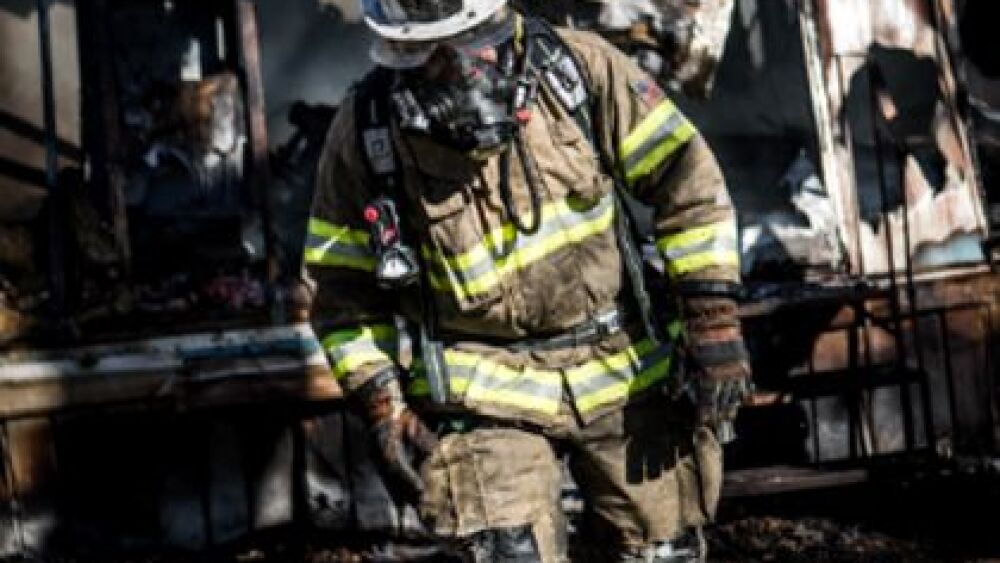A user on Quora recently asked, “What is the average day of a suburban firefighter like?” A few answers stood out to us, especially one by a firefighter-paramedic. You can read his reply below:
Well, I think we qualify as suburban, as we are in the suburbs of a larger city. The city is 16.7 square miles with a population of about 69,000. We serve the area with four stations; three of the stations have an engine and a rescue ambulance. The other station has a tower truck, a squad and a rescue. It also houses the battalion chief (shift commander) and the health and safety officer. Our east and west stations also have small brush vehicles.
Each large apparatus has an officer (lieutenant), an engineer (driver), and usually just one firefighter (backwards). Though if the Gods align, we might have a second firefighter. The rescues are staffed with dual-certified firefighter-paramedics and a firefighter EMT-B. All personnel are dual-certified fire and EMS. Our engines/ladder have at least one medic on them as well, keeping them ALS. We ran 12,000 calls last year and about to hit the 13,000 mark this year. We work 24 on then 48 off.
About 85 percent of what we do is EMS calls, with fires, fire alarms and motor vehicle collisions. The day will start with a pass on from the off going crew, then we check out the trucks and run all equipment. Basically as if every time is the first time. If you don’t check it, it won’t work when you need it. That takes about 30 to 40 minutes. Then a quick station clean up (sweep and mop). Monday’s are the heavy duty clean up (toilets, showers, etc). We are required a minimum of two hours training each shift, either online or hands-on. There are state requirements for our state EMS certs that we have two years to meet. Interspersed in there is an average of about nine calls per shift. So many hours per year must be done at the fire academy. Training burns, or bail outs, or maze training (search).
We also are “required” to do one hour of physical fitness every shift. It is supposed to be done between 8 to 9 a.m., but calls can get in the way and there is no way to fit five in our gym. So, sometime throughout the day is good.
As the lieutenant, I have paperwork to do. The rescue medic does EMS reports, but the engine is responsible for fire and fire alarm reports. I also have to keep a daily log of the calls run and goings on at the station. I am the baby sitter (or the parent) making sure they get to eat, sleep, do homework (training), and handle any issues.
That’s about it. It is relatively routine broken up by occasional chaos. And if all is going well, I get the time to answer questions on Quora (like now). Currently, my crew is planning Thanksgiving dinner as we will be on-duty and our families will come to visit.



